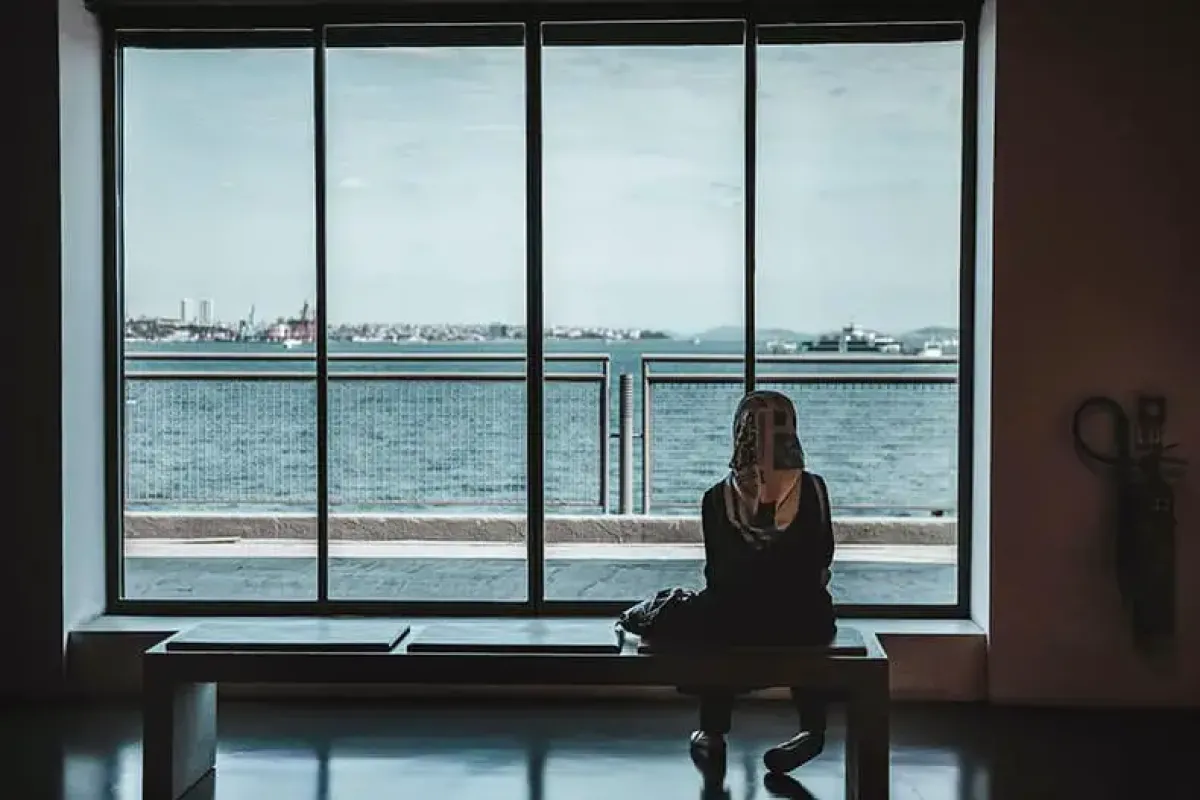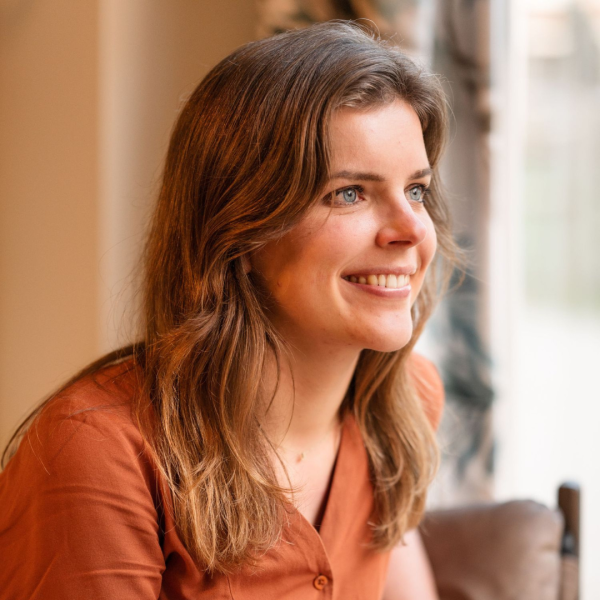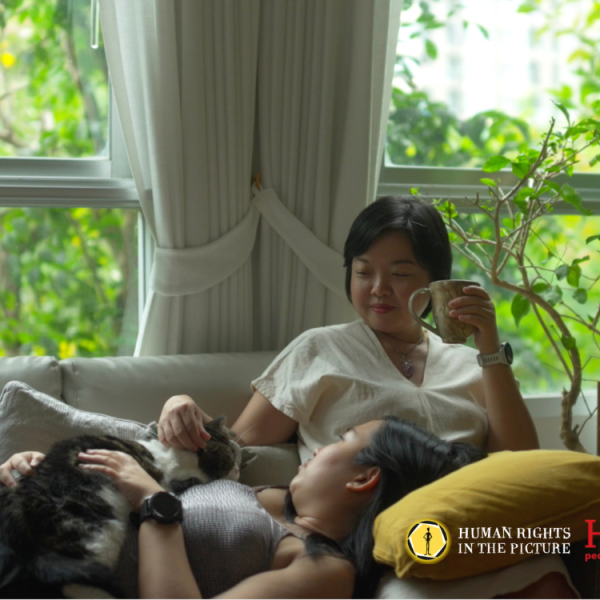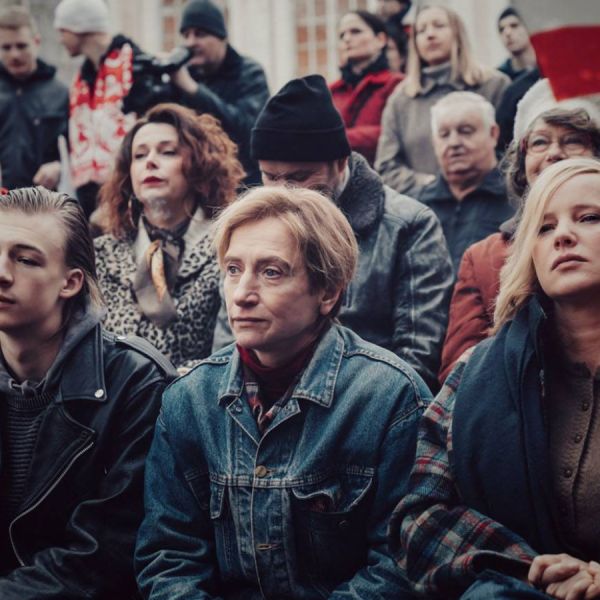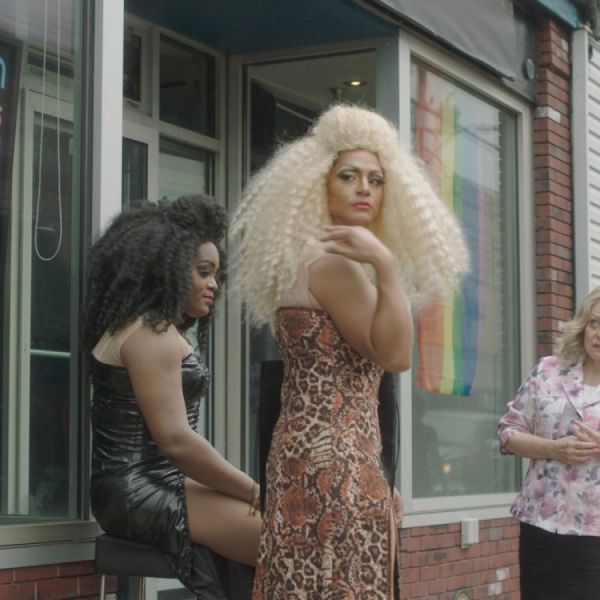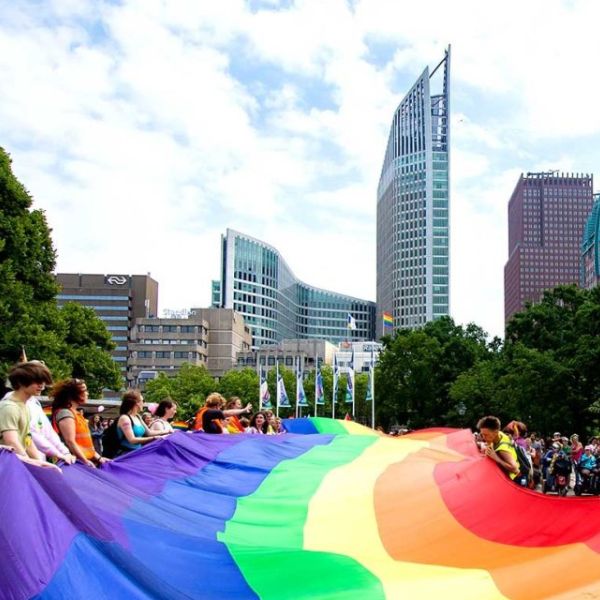Federica Risi on (re-)designing gender-inclusive cities
March 8 is International Women’s Day, a day when everyone everywhere can take a step forward to make #EmbraceEquity a reality. Part of this is recognising and reforming what we might think of as things we have no ability to affect: for example in how we design and build our cities.
That’s why we invited Federica Risi, Senior Policy & Project Officer at the European Urban Knowledge Network (EUKN), to talk about how stereotypes can be broken down in urban policy and practice to achieve gender equality in cities and beyond.
Are cities neutral?
One of the first things to note about urban design and women’s experience of it, is that cities themselves are not neutral. As Federica says: “cities are not gender-neutral by design. In a deeper sense, we shouldn’t aspire for them to be gender-neutral, but rather gender-aware and inclusive.”
Indeed, the built environment is partially a reflection of who is in power at any given time: “Urban planning is a very political process, and it tends to mirror the socio-economic, cultural values, and even the beauty standards of a particular society in a particular time. We live in a globalised world conceived by and for men. Cities are a material representation of the systemic inequalities, privilege, and power relations on which societies are built. Feminist geographer Jane Darke has written ‘cities are patriarchy written in stone, brick, glass and concrete.’”
And, when we think about how we might include everyone in our cities, we should think about the way we want to include them: “Women – and for that matter, gender, and other minorities too – want to feel seen, understood, supported, and appreciated by the places they live in. In this way, we can look at urban spaces as a manifestation of power. I might sound radical, but we need to recognise that women’s bodies, needs, voices, and aspirations as citizens have historically been – and largely continue to be – neglected in the design of cities. However, I also think that this reasoning doesn’t apply to gender only.”
So, when we want to think about building a city that is welcoming to, and aware of all the people that might live in it, we have to include their needs and ideas from the beginning and whenever we make changes to built environments in the future.
How can cities work against the interests of women?
As Federica says, this is a multi-sided question: “Women experience urban life as defined by both physical infrastructure and services differently from men in all their socio-economic roles: as workers, mothers, carers, and members of social networks. Think of mobility options, transport routes, pedestrian paths, pavement widths, bench design, public lighting, availability of public restrooms, street visibility, or proximity of healthcare, markets, and child’s support facilities.”
But when we think about making inclusive cities, we have to really think about how issues such as gender might be represented in all the ways we build and develop the places that people live, work, and grow: “Depending on who you ask, the link between all these elements and gender might seem fuzzy. As a woman, I can tell you it is about livelihood opportunities, accessibility, safety, comfort, and ultimately about equality. The characteristics and quality of our urban spaces determine the way in which we access and participate in or else are excluded from the city. We discussed some of these aspects, especially in relation to the perceived safety of women in public spaces, during the EUKN Policy Lab for Belgium last December.”
Reflecting the people that live in a city, in the city
Further, adds Federica, its important that cities reflect their residents: “On a more abstract level, for instance think of a street named after a woman, or a non-male person in your city. You might probably have to ponder this for a few minutes, and even if you recall one, it’s probably the exception and not the rule. There’re multiple studies looking at this and the results are alarmingly disappointing. Now, think of famous statues or monuments: are any of these representing women or minorities?
It’s important to reflect upon who we celebrate in our imaginaries and in our spaces. It speaks to who belongs to, who owns the city. And this isn’t to victimise or diminish women’s agency as citizens or in any of their urban roles, but more to pinpoint areas for action towards making cities more democratic and diversity-embracing.”
How can city leaders work to reform their cities to be more inclusive?
Trying to change a city whilst it is being lived in can sound difficult, but Federica identifies a grass-roots beginning point: “It sounds cliché but I’d probably advise them to ask women about what they’d like to see and of course, to hire more diverse, non-male colleagues. Earlier this year, I attended a workshop by the Bernard van Leer Foundation opened by the host with words that stuck with me ‘you don’t know what you don’t know’.”
As Federica says: “We can’t speak nor make decisions for who is not in the room. Women residents know best how cities can accommodate and embody their needs and desires. For far too long they haven’t been invited in the room where cities are designed. In this sense, I don’t see gender equality as a goal but rather as a process of inclusion and empowerment. If you take Arnstein’s ladder of participation, there’re different degrees for citizen involvement, from non-participation and tokenism to citizen control, where power, opportunities, and resources are re-distributed through planning; backed by policy and legislation, of course. That’s the latter we want to aim for.”
And, to top it all off, data shows that the people who build and design our cities are overwhelmingly male/pale/stale: “It’s also key to make built environment professions more diverse, equitable, and inclusive. A 2020 report by the World Bank documented that women occupy only 10% of the highest-ranking jobs at leading architecture firms and urban planning offices around the world. We need women to design cities for women and contribute at full capacity.”
City planners should consider how categorisations can overlap
Finally, says Federica, people looking at the built environment shouldn’t just consider one set of categorisations (such as ‘woman’, for example): “I also think that focusing solely on gender is not enough. Gender-aware cities can also be unequal if they disregard other forms of inequality that relate to people’s identity, including but not limited to age, colour, ethnic and migrant background, class, religion, and ability. To this end, intersectionality offers a much more robust lens for understanding and guiding urban development processes.”
We’d like to thank Federica, for taking the time to share her insights on this very important topic. Only through active policies that recognise women’s right to the city will we be able to live in and enjoy more democratic and inclusive cities.
Photo by Maria Teneva on Unsplash
